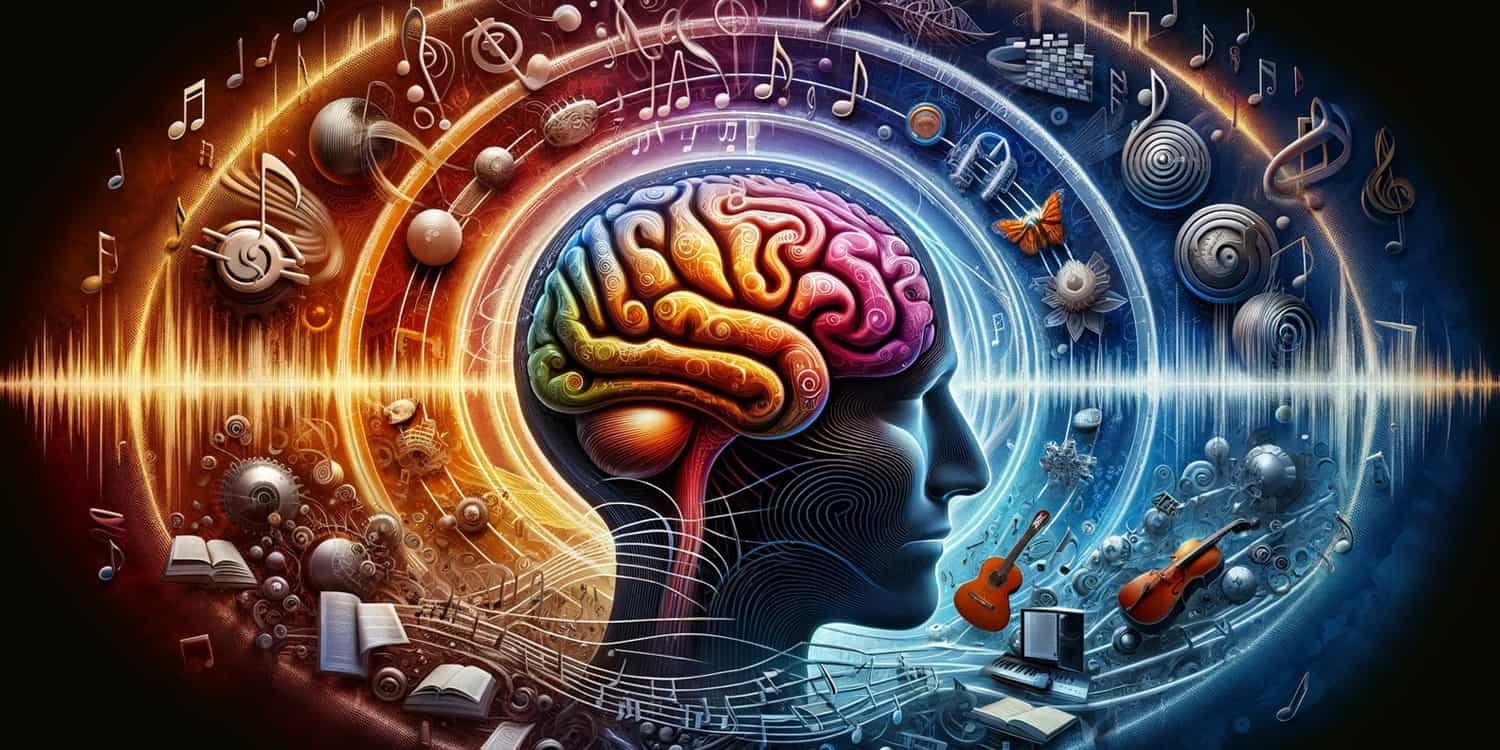Have you ever noticed that you know a song after the first couple of notes? It is that type of mind-bending, remarkable moment concerning music that lets the human brain flex a little but shine. Recent research looked into this intriguing aspect of our auditory perception and offers more insight into how we manage to create predictions of musical sequences at this degree of accuracy and swiftness.
The Science Behind Instant Song Recognition
Music is not a fortuitous collection of sounds; rather, it follows structures and patterns that the human brain eventually grasps. In a new study appearing in one of the top neuroscience journals, researchers have identified neural mechanisms that underlie humans’ ability to predict forthcoming musical elements from previous patterns and prior experiences.
B. Neural Predictive Mechanisms
It had to do with the way neurons in the auditory cortex encoded and processed musical information. In that, there exist certain neurons that deal with the recognition of and patterns expected within music, such as melody, rhythm, and harmony.
These neurons start firing when specific musical cues appear, allowing the brain to predict the next part of a song before it happens.
Cognitive Processing and Musical Memory
This instant identification of songs is intrinsically linked with our musical memory. Through repeated exposure over time, we start storing a huge repertoire of songs in our memory: their melodies, their lyrics, and what emotional associations are hooked to them. These get stored in different parts of the brain, like the hippocampus and frontal cortex, and get summoned to duty in helping us recognize songs quickly.
Emotional and Cultural Influences
Other than cognitive functions, there are emotional and cultural variables in instant song recognition. Songs impregnated with culture or maintaining a great deal of emotive charge are more memorable and recognizable succinctly in the mind of all people. This could predict how quick and precise we can identify a song even when it is presented across unfamiliar contexts.
General Practical Suggestions and Applications
Knowing the drivers of our instant song recognition has important practical benefits in a number of disciplines. For example, music therapy utilizes the predisposition to predict and recognize music in such therapeutic interventions as cognitive and emotional rehabilitation. In education, songs could be used to enhance the rate of memory content retention and even improve cognitive development.
Improving Musical Appreciation and Education
CP Instant Song Recognition plays a significant role in music lovers and educators understanding and enjoying music. By crossing genres, styles, and cultural settings in history that have created different genres of music, we increase our musical repertoire and potential for relating to different musical expressions.
Future Directions in Music Cognition Research
Looking ahead, continuous research into music cognition and perception will continue to undo many mysteries in the discipline of music cognition and perception. One is going to understand how the differences at the individual level affect our ability to identify and interpret music. The implications of the findings on the human brain contribute to the development of applications from neuroscience to artificial intelligence.
Cognitive Processes of Music Perception
Other than neural mechanisms, cognitive processes also explain the instant manner in which we recognize songs. Our brains effectively bring out stored memories of familiar music we have ever been exposed to. This also includes the stored emotional reactions and contexts in which we hear the music. If it is a song that has been played during relevant incidents, then upon mention it, vivid memories of that experience would recollect to identify it at a rapid pace.
Cognitive psychologists study these mental processes and their interaction, which helps us to comprehend music and enjoy it, giving proof concerning complex interaction amongst memory, emotion, and perception.
Aspects of Development and Learning
It has been discovered that this instantaneous ability to recognize songs actually develops over some time and could be culturally biased through exposure from an early life of musical culture. Exposure to enormously varied musical genres and styles may give children an extremely strong musical memory, with resultant better recognition abilities. Educational initiatives building on the use of music in curriculum building in early childhood will further enhance such abilities through an enhancement of cognitive development and auditory perception. Understanding the developmental trajectory for instant song recognition thus helps with educational strategies aimed at developing musical literacy and appreciation in young learners.
Cross-Cultural Perspectives
Cultural factors and musical traditions also influence instant song recognition. There may be different repertoires of music and several stereotypes within different cultures that may set the lines for how people perceive and recognize songs. Cultural familiarity will increase the speed of recognition consequently in members belonging to that particular culture where that genre or instrument is used. The ethnomusicologists borrow these very cultural features to come up with a platform on which music can communicate and proclaim identity universally across cultures. Both universal and culturally specific influences on music cognition can be understood by studying cross-cultural views of song recognition.
Impact of Technological Developments in Music Identification
Newer technologies have utterly changed the way humans interact with and identify music. In your digital age, with mobile apps and other tools, one can recognize a song by simply analyzing an audio sample. Fundamentally, these devices record sound patterns and do a lookup in large databases of recorded music for matching data about the artist, the name of this album, and the release year. Continuing this trend of maximizing efficiency and accuracy, development of artificial intelligence and machine learning together in these music recognition applications offers access to worlds of musical information at one’s fingertips.
Implications for Music Therapy and Rehabilitation
The application of instantaneous song recognition research in therapeutic settings mainly lies in music therapy and rehabilitation programs. A music therapist applies this intrinsic capability for recognition and response to familiar songs as a therapeutic tool in cognitive, emotional, and physical therapy. The familiar music is capable of revitalizing memories, improving mood, and enhancing cognitive functions in neurological disorders, such as in Alzheimer’s disease and stroke. It means that the mechanisms underlying instant song recognition could thus inform therapeutic interventions, which harness artfully the power of music in enhancing the quality of life and promoting healing.
Of all, this instant song recognition speaks most eloquently to complex predictive capabilities in the human brain. It is by neural processing tagged with cognitive memory and aforesaid culture that familiar melodies and patterns of music are quickly sorted out. Investigations into the neural mechanisms underlying this remarkable process are continuous and have provided a set of deeper understandings into the interplay between music, cognition, and human experience.
It is the appreciation and understanding of the science behind instant song recognition that truly allows us to enrich our musical experiences and further relate at a higher level to that very music which helps to shape our lives. Be it favorite tunes or the discovery of new melodies, the power of prediction and recognition works only to further enhance enjoyment and appreciation for this universal art form.

